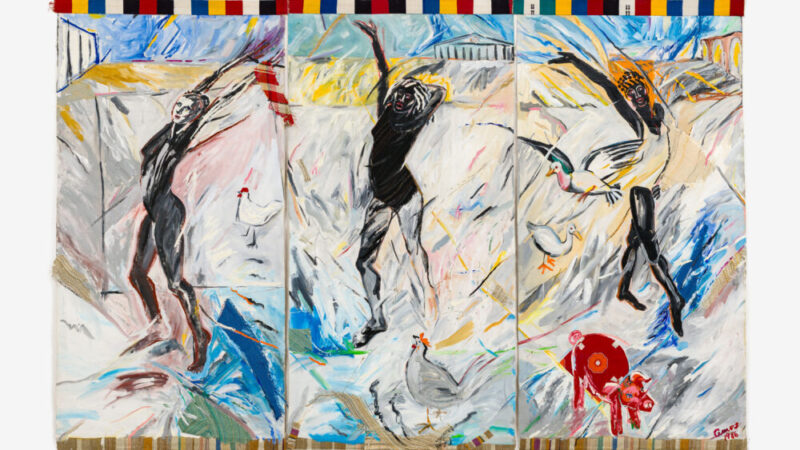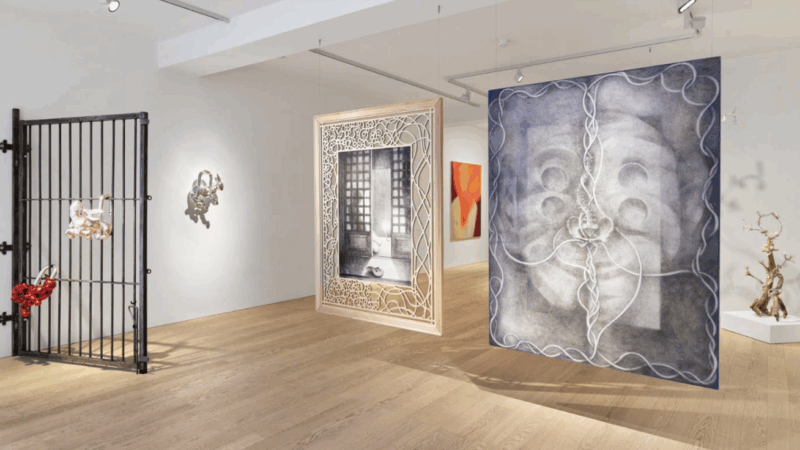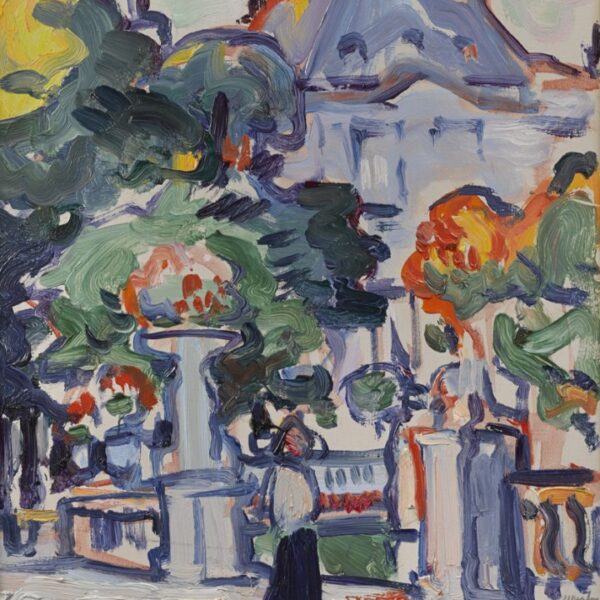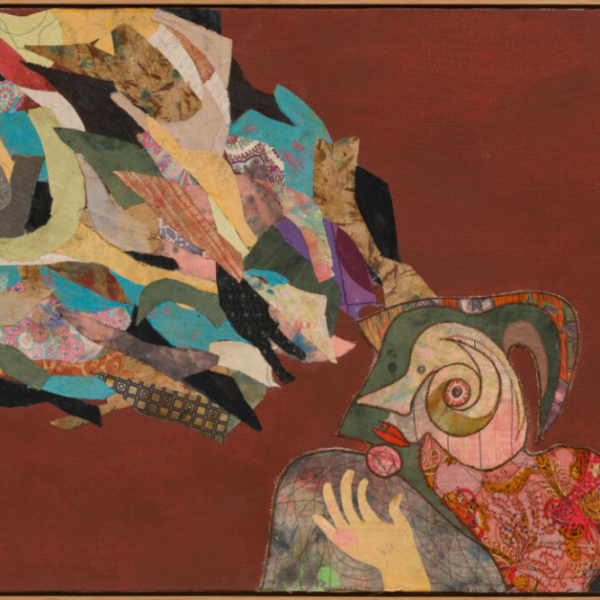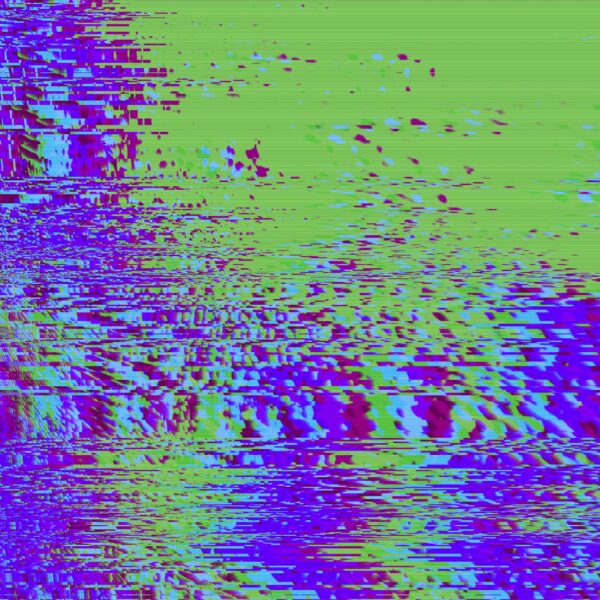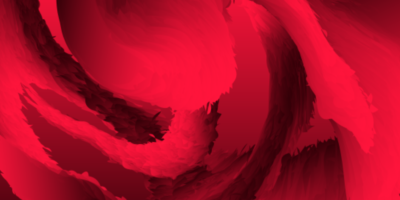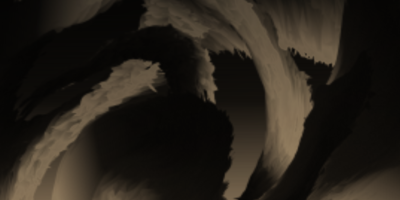After Life | Physicians’ Gallery, Edinburgh
Death is universal. In spite of this, the way we prepare for, think about and respond to death, varies significantly.
After Life explores changing views of death from antiquity to the present day. It uses the remarkable collections of the Royal College of Physicians of Edinburgh and its library – Scotland’s oldest and largest medical library – to uncover the history of death. An original copy of Napoleon Bonaparte’s post-mortem, written on Saint Helena Island, and a diary documenting the last days of celebrated Edinburgh physician James Young Simpson are displayed alongside a broadside proclaiming the execution of famous Edinburgh murderer William Burke.
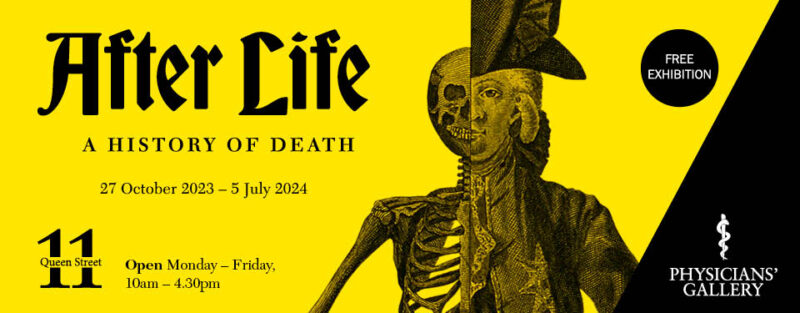
The exhibition is split into three themes. It begins by examining the process of dying – deathbed experiences and how we identify death.
It then moves on to uncover what happens to the human body – from cremation to dissection, cannibalism and mummification.
Finally, the exhibition explores death in different cultures, including Victorian mourning rituals and Irish wakes.
There is an old African proverb – ‘It takes a village to raise a child – meaning, children need the input and support of their whole community to grow into well-rounded adults. But doesn’t it also ‘take a village’ to support someone who is dying?
The Scottish Partnership for Palliative Care has worked with award-winning Glasgow based photographer, Colin Gray, to produce a powerful and challenging series of portraits and personal stories. It Takes a Village explores the idea that as people’s health deteriorates, care and support comes in many guises.
Monday – Friday, 10am – 4.30pm, 11 Queen Street, Edinburg, EH2 1JQ


